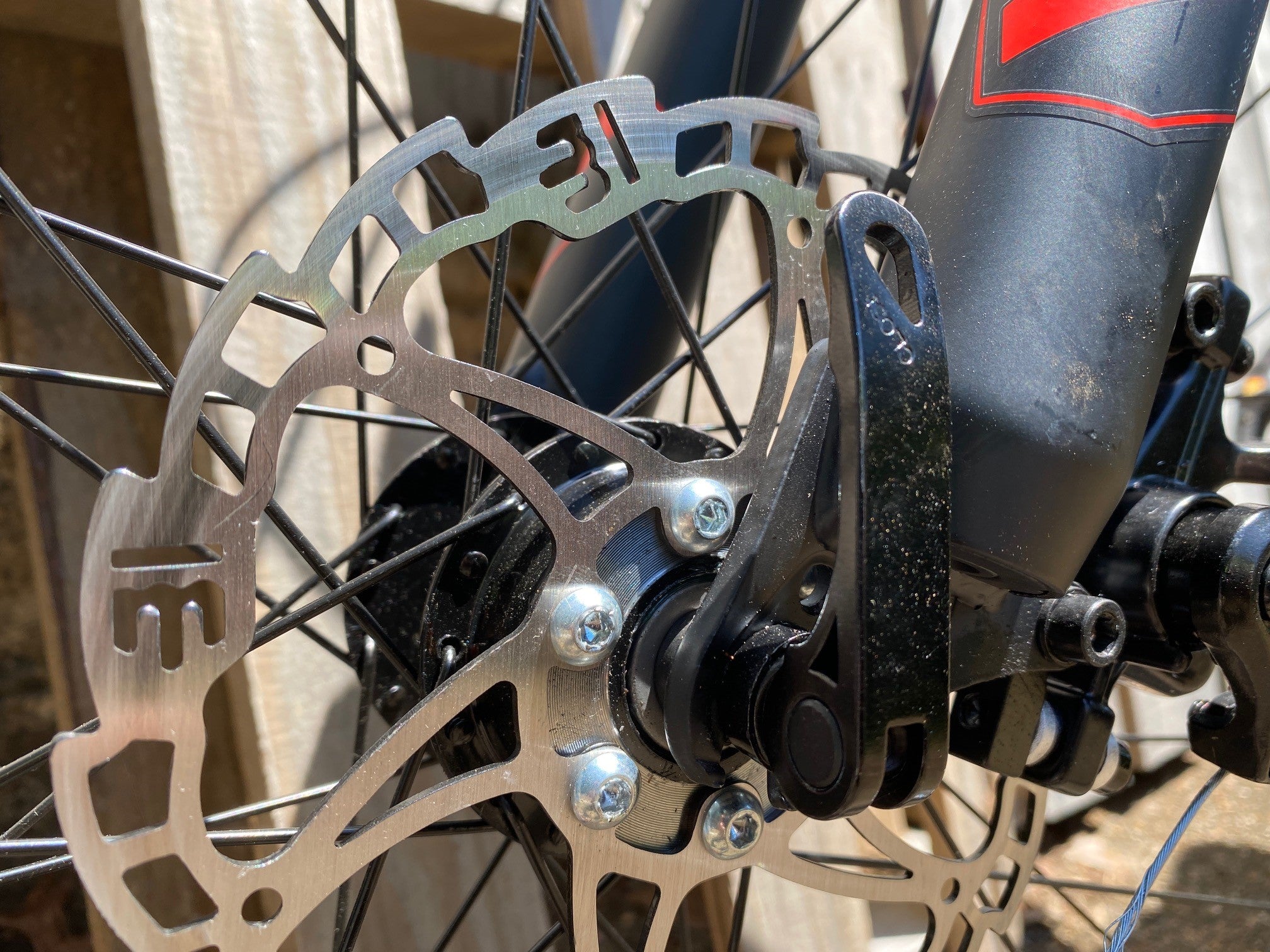Getting the Best Affordable Bike - What to look for
By Kevin of KevCentral
Buying a new bike can be confusing. There are so many options, with features you may have never heard of, and the price can vary by hundreds of dollars between bikes that may look very similar. Does more expensive mean better for your needs? Fortunately, there is a bike for everyone, fitting a variety of capabilities and budgets.

For instance, let’s focus on mountain bikes. When shopping for a mountain bike there are many things to consider like the frame, suspension, brakes, and drivetrain. Let’s break down each of those categories so you feel more prepared to make the right decision for you:
FRAME - This is the main body of a bike. Depending on price, the frame material on an affordable bike will be either steel or aluminum. Steel frames usually mean reduced cost, but at the expense of more weight which can make your time on the trail more labor-intensive. Aluminum offers excellent strength and is lighter weight, but generally costs more. Knowing the difference between frame material can help you make an informed decision based on the trails you will be riding, and your personal skill level/budget.

SUSPENSION - This is basically small shock absorbers for the front wheel which keeps the bike more controllable on bumpy terrain. For mountain biking, suspension is necessary to provide optimal traction which translates to safety on the trail. When comparing front suspension between bikes, look at the difference between the width of the suspension tubes (a.k.a. stanchion tubes) as this typically equates to more dampening power.

BRAKES - There are two types of brakes typically seen on entry-level mountain bikes. Rim brakes, which clamp down onto the wheel’s rim, and disc brakes which work like a car’s brake system. Both are adequate for stopping a bike. Rim brakes come at a lower price, but disc brakes offer superior stopping power, less maintenance, and work equally well in both wet and dry conditions. If the trails you plan to ride require stopping quickly, or descending steep terrain, you’ll need to factor that in to choose the best brake option.

DRIVETRAIN - Simply put, this is the gearing that propels the bike forward as it is pedaled. Drivetrains are labeled based on their gearing range. The range is calculated based on the number of possible combinations between the front gearing (located by the bike’s pedals) and the rear gears (located on the rear wheel). An example of a typical gearing combination is a 21-speed bike which has 3 gears in the front, and 7 gears in the back. A more modern mountain bike drivetrain is a 7-speed, which has 1 gear in the front and 7 in the rear. This can be confusing as more speeds do not always equal better gearing. Having more gears on a bike typically equates to extra weight and complexity.

Knowing what to look for, and how it will impact your ride, will make your experience more enjoyable.
Using this information we can see aluminum frames, a front suspension with wide stanchions, disc brakes and a simple drivetrain, usually equal a more capable bike, but will also cost more than the alternative. Weighing your options, and considering what features are most important to you, will allow you to purchase the best bike for your budget. There is a bike out there for everyone, and if it works for you; it’s a great bike!

